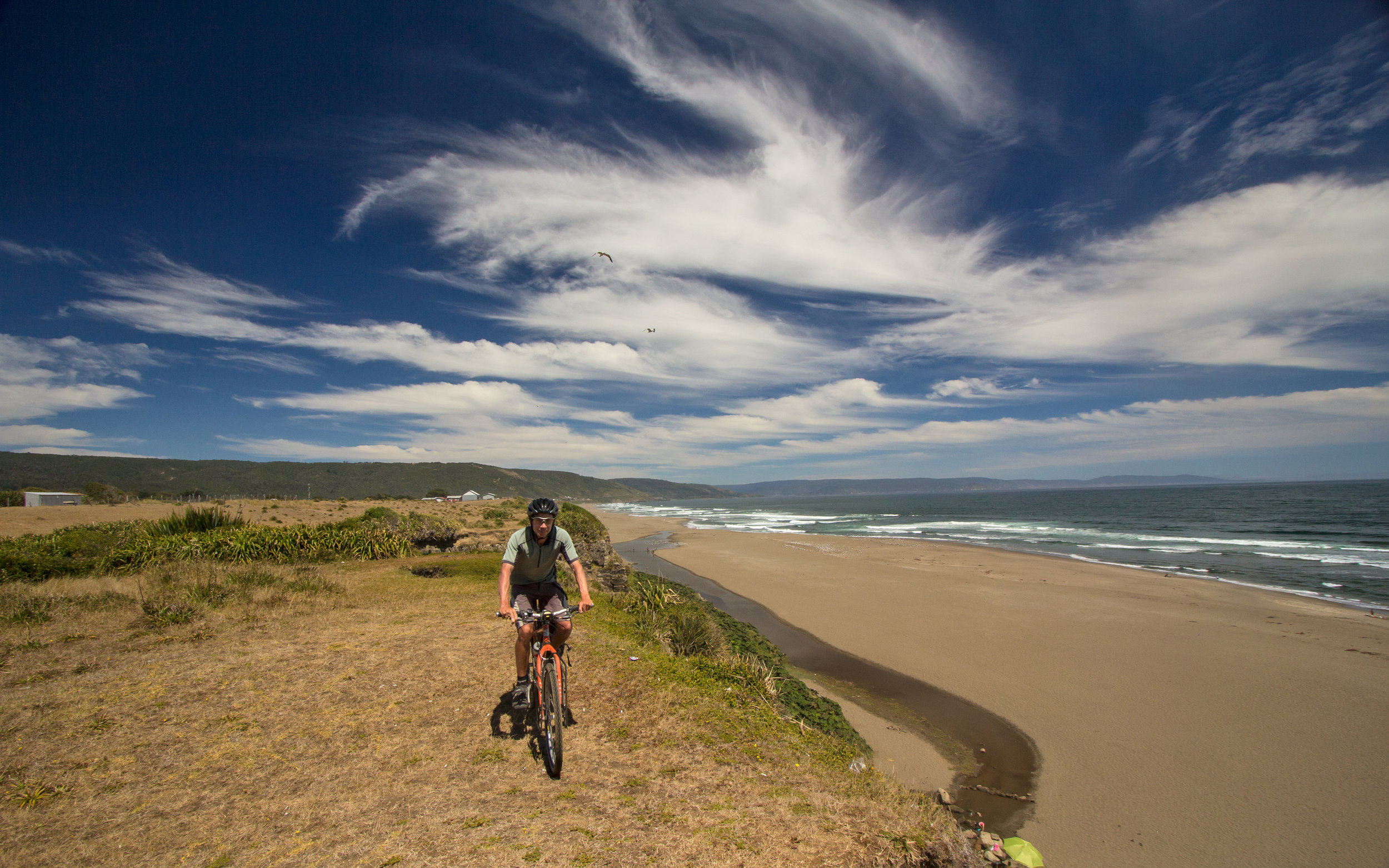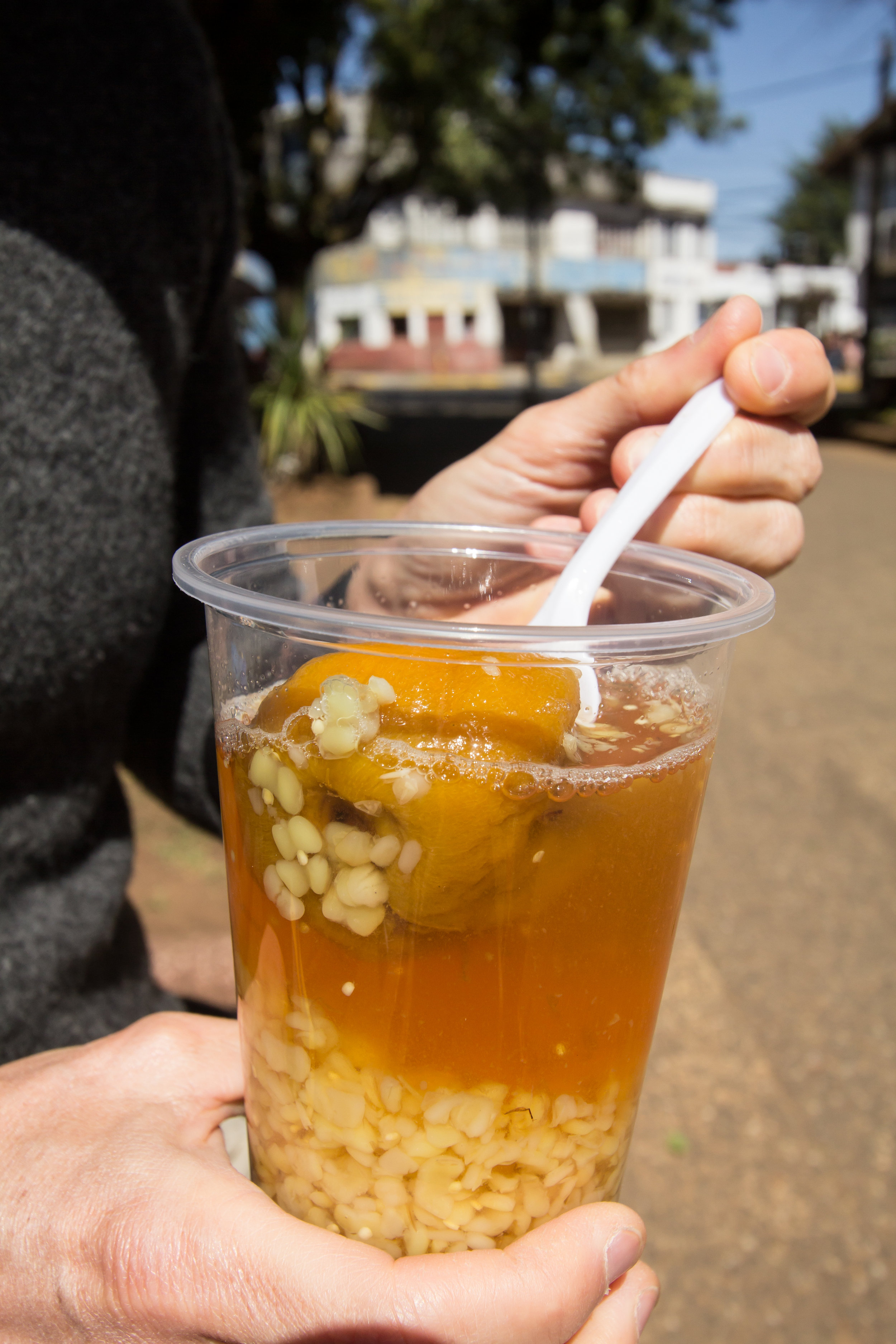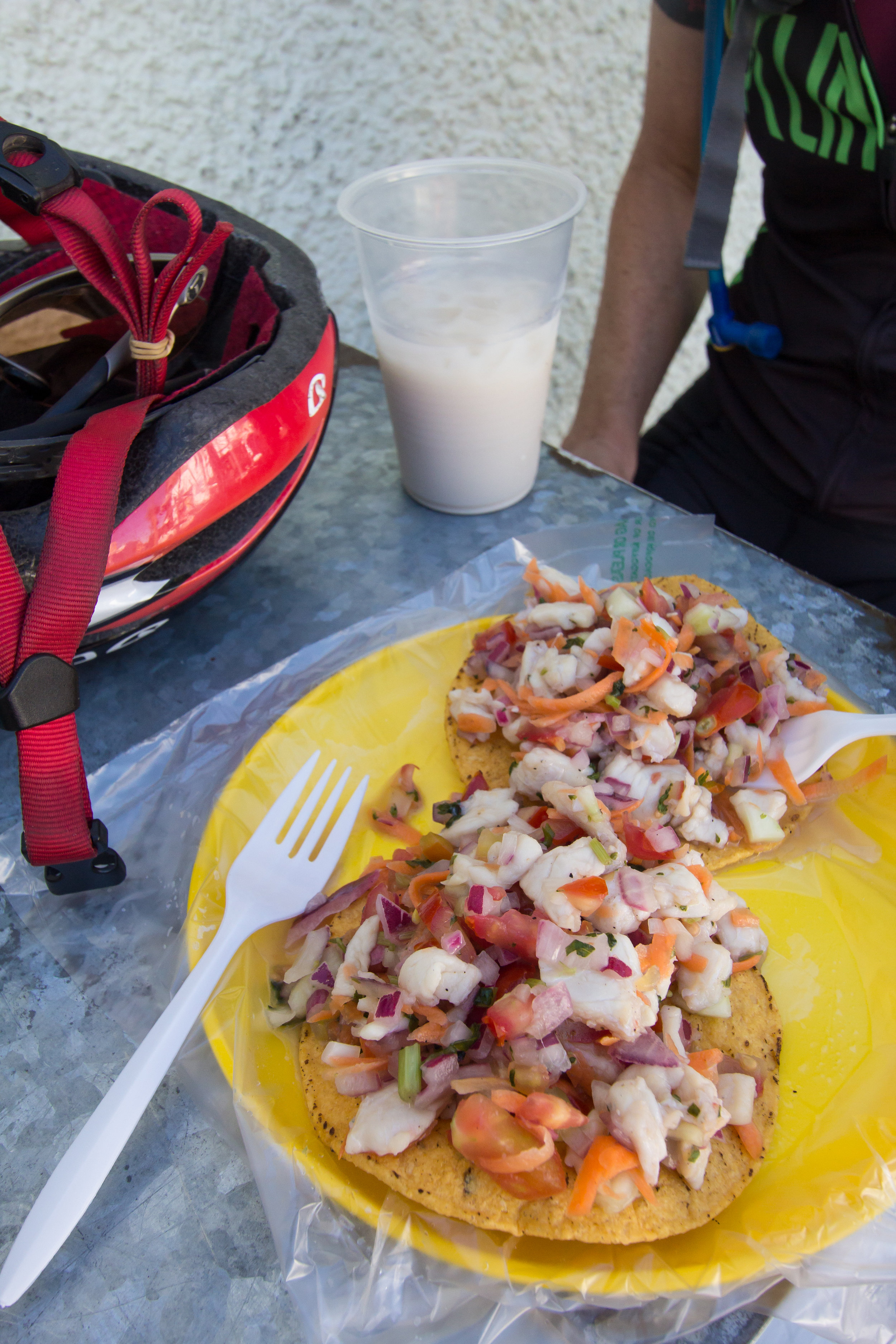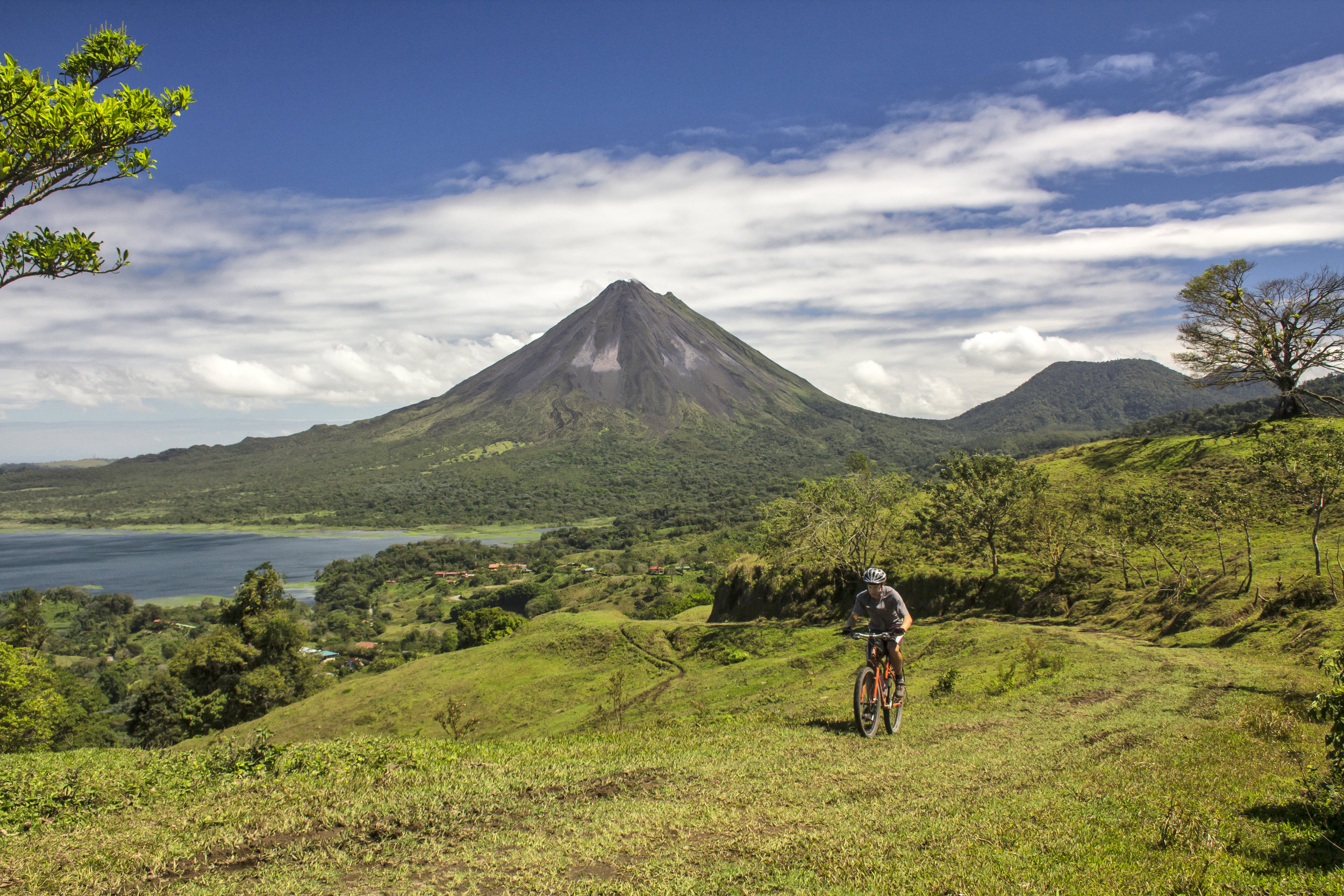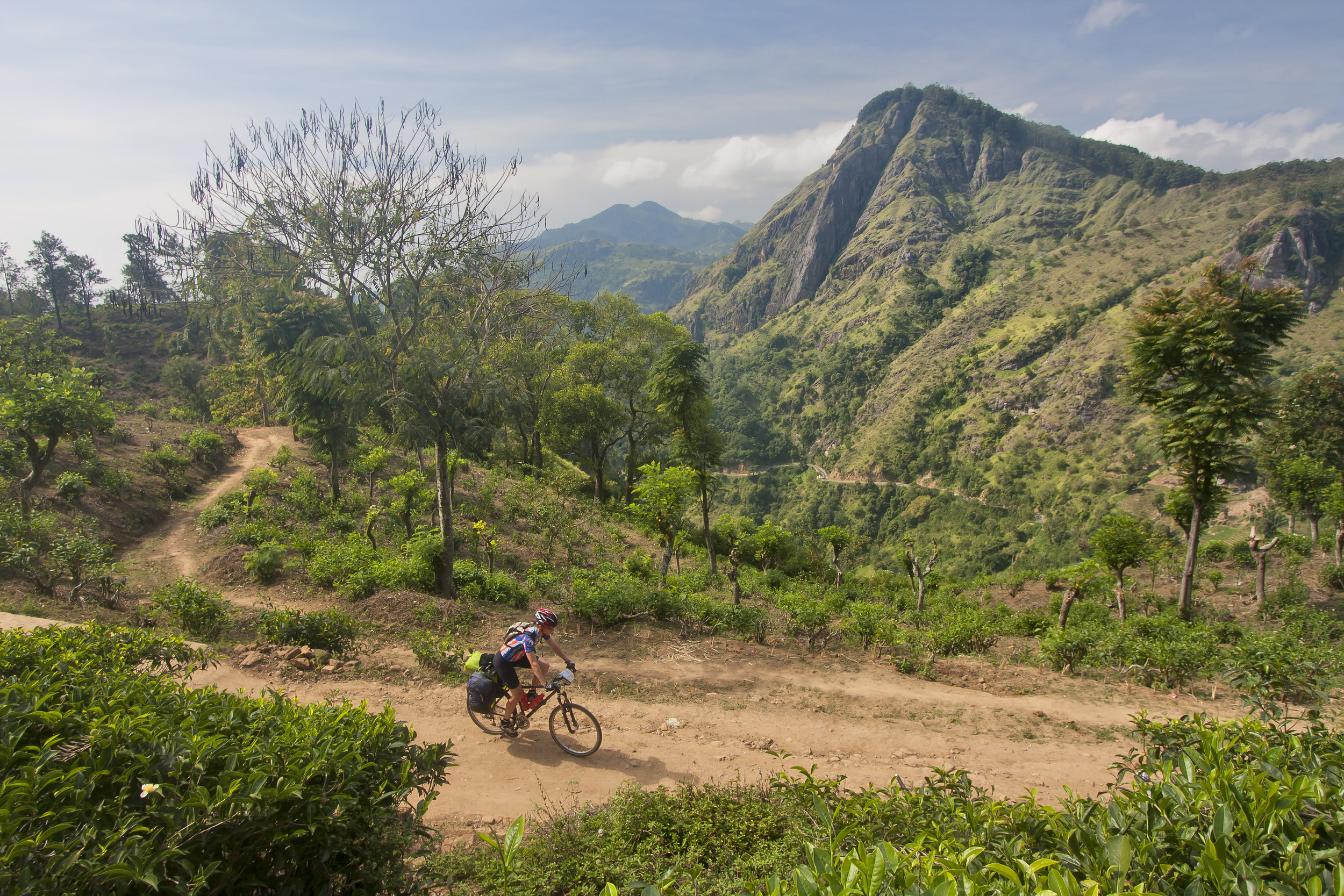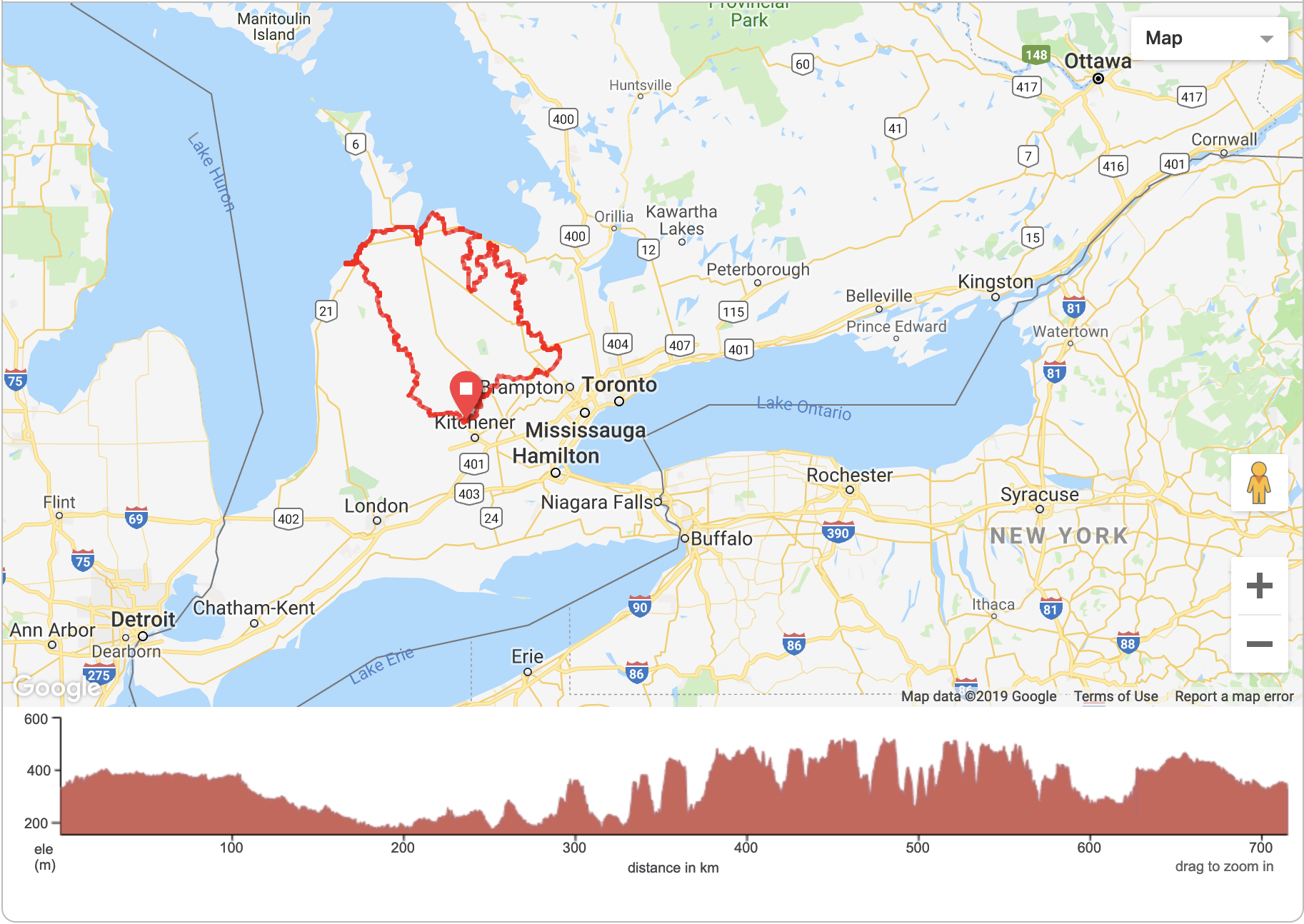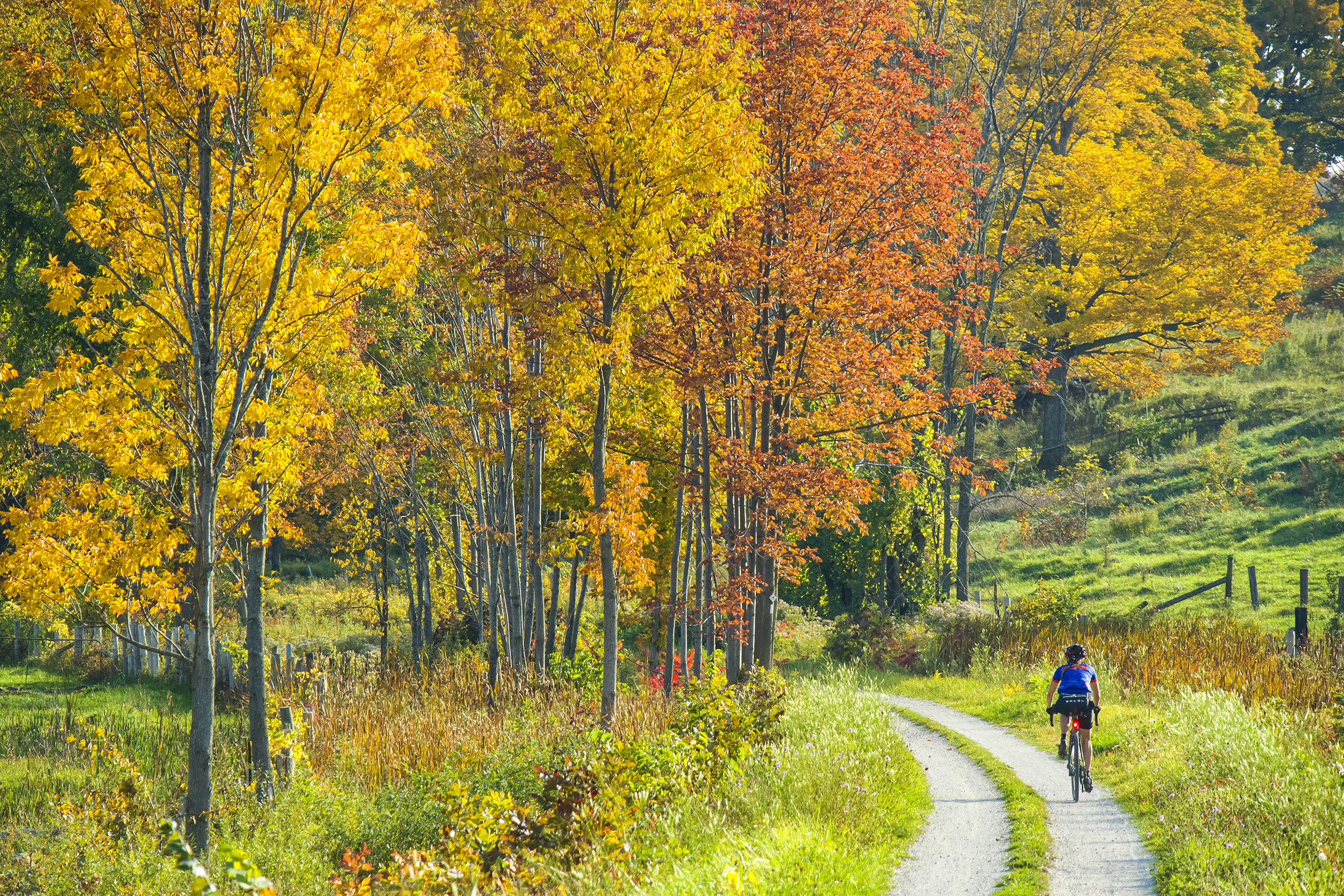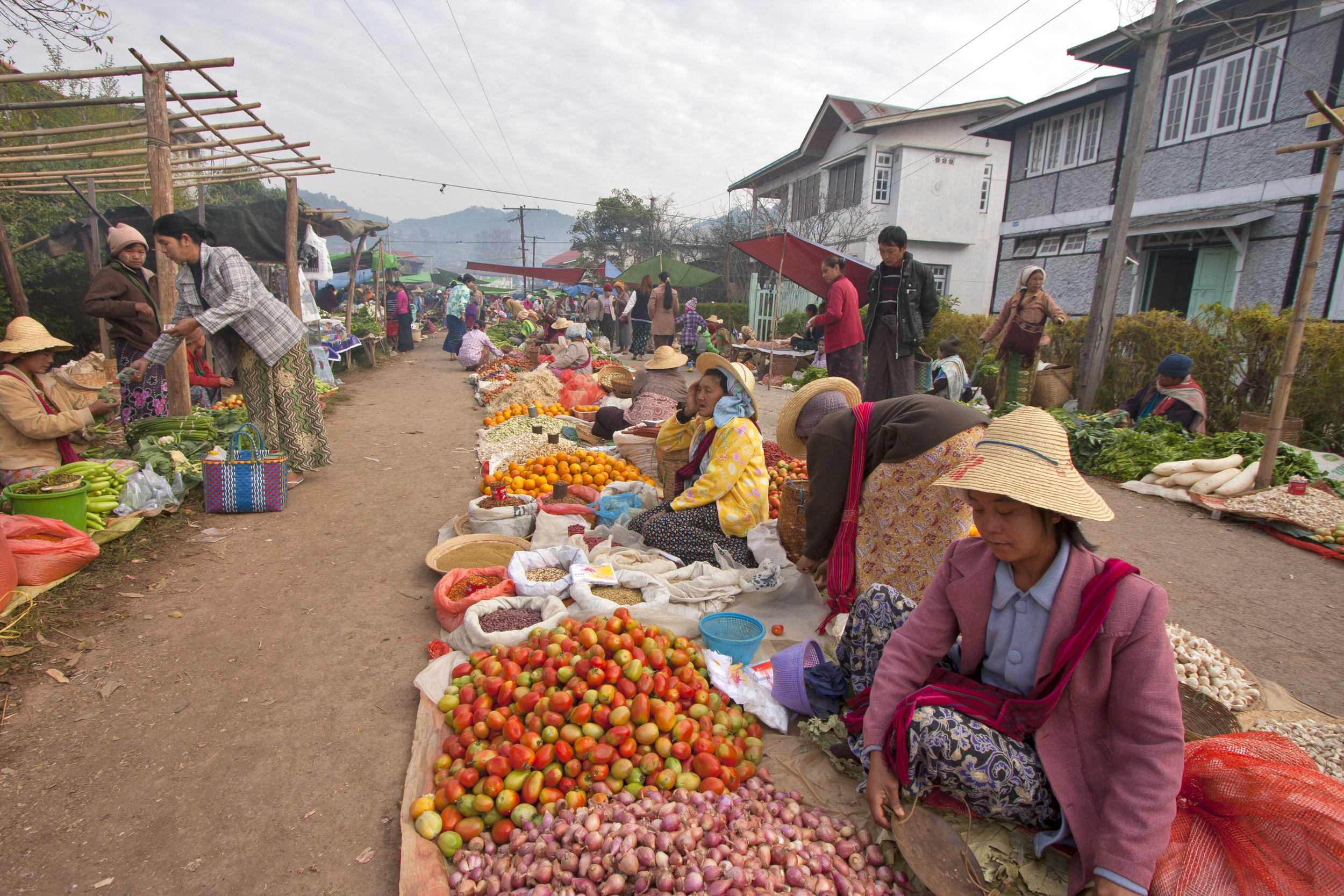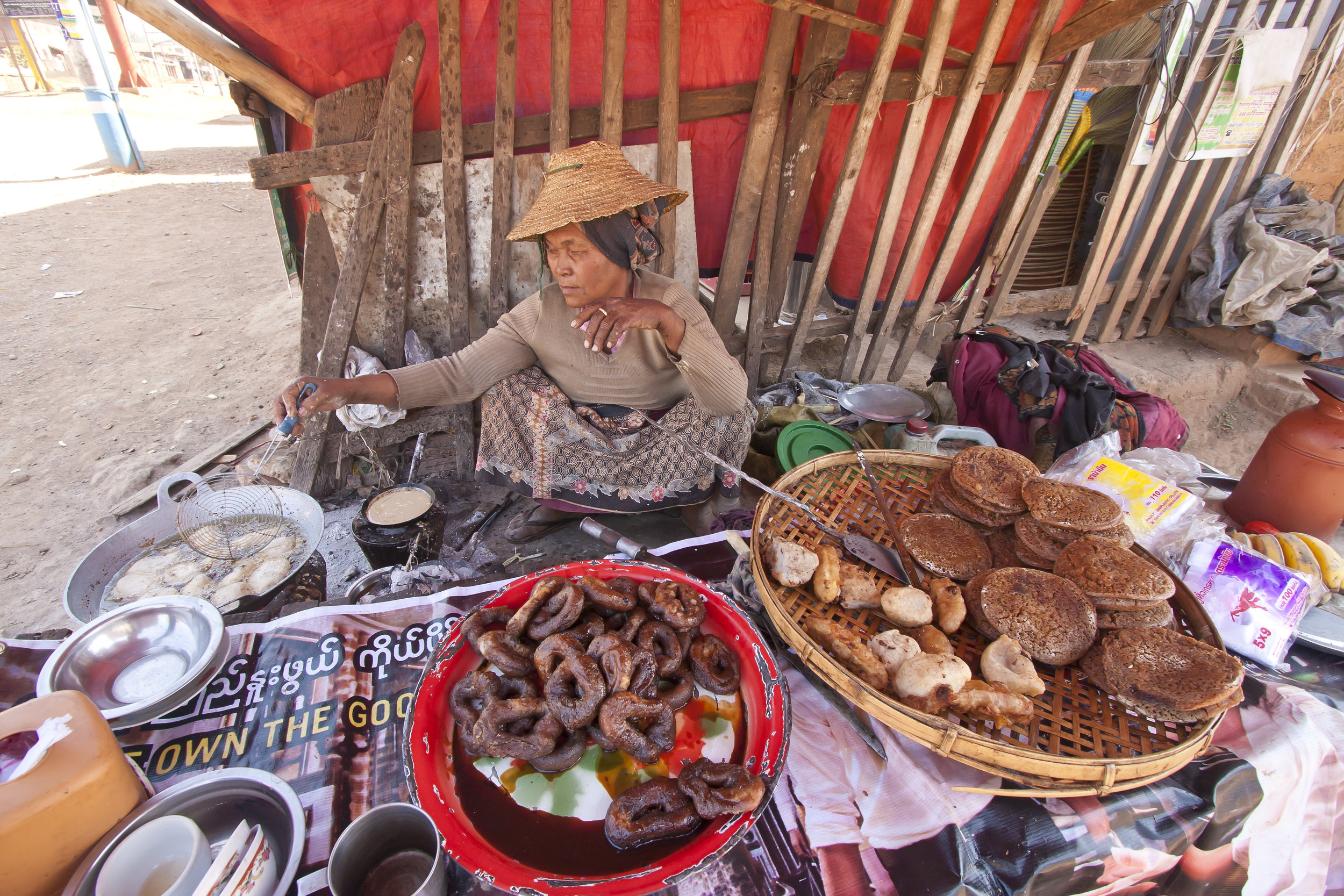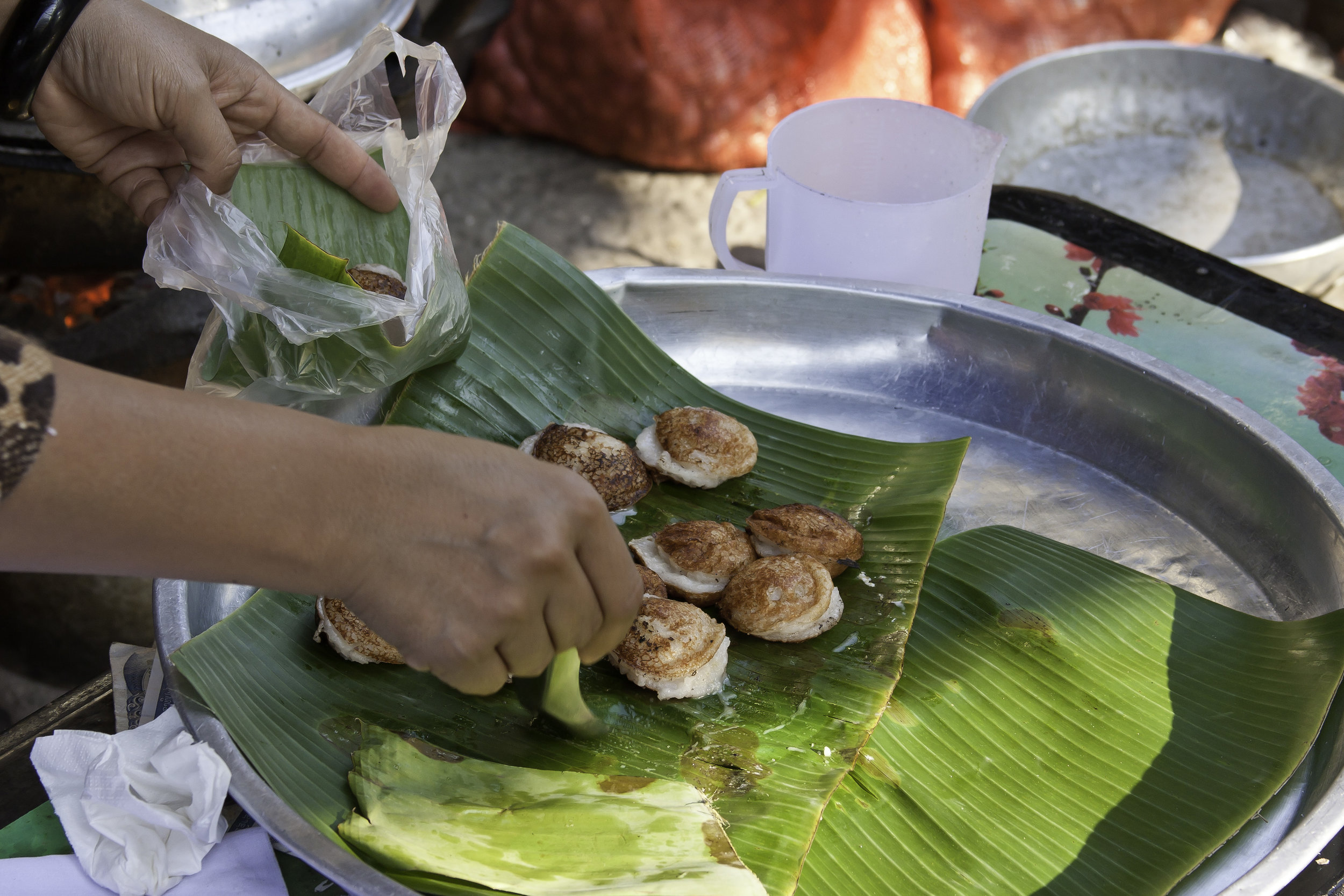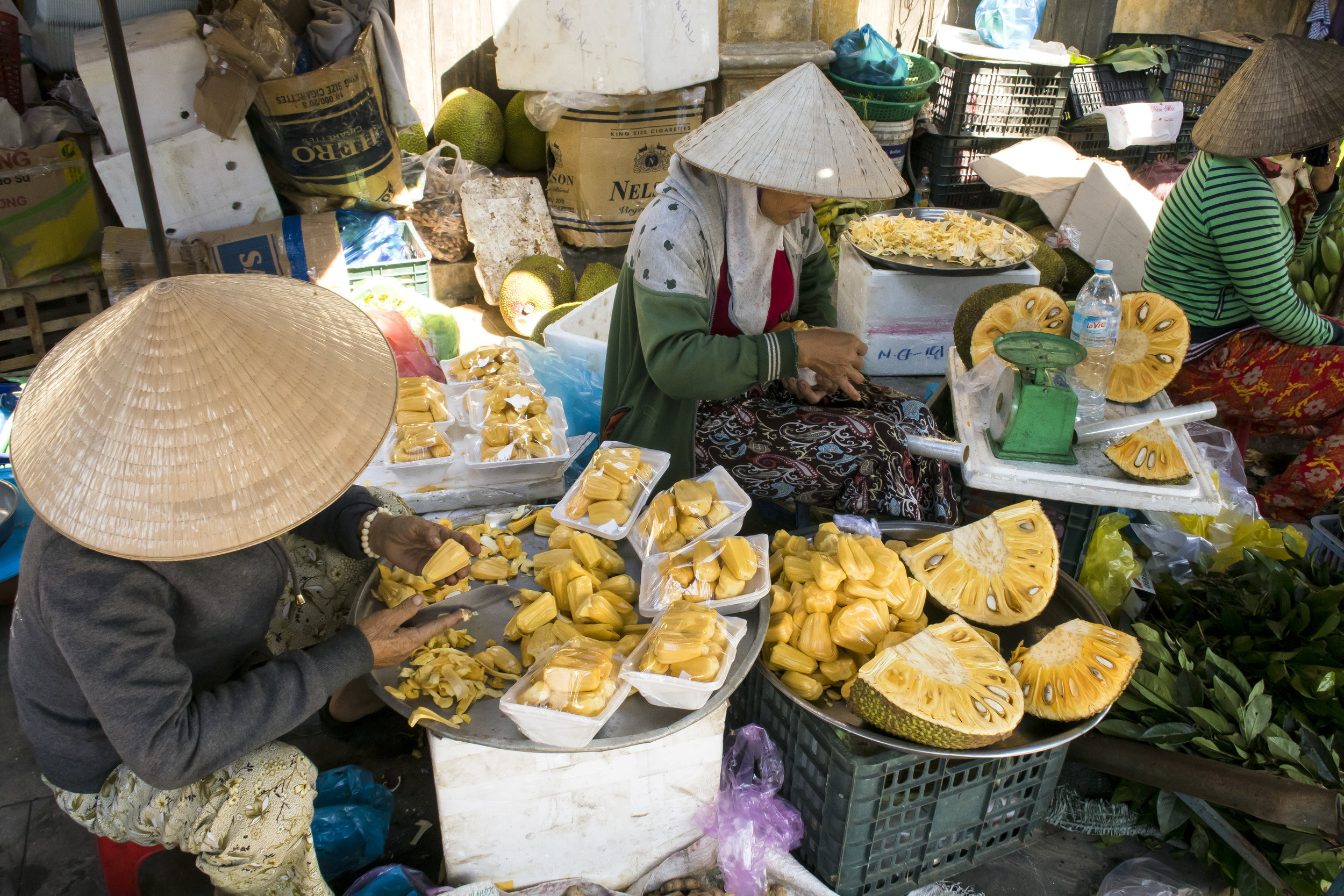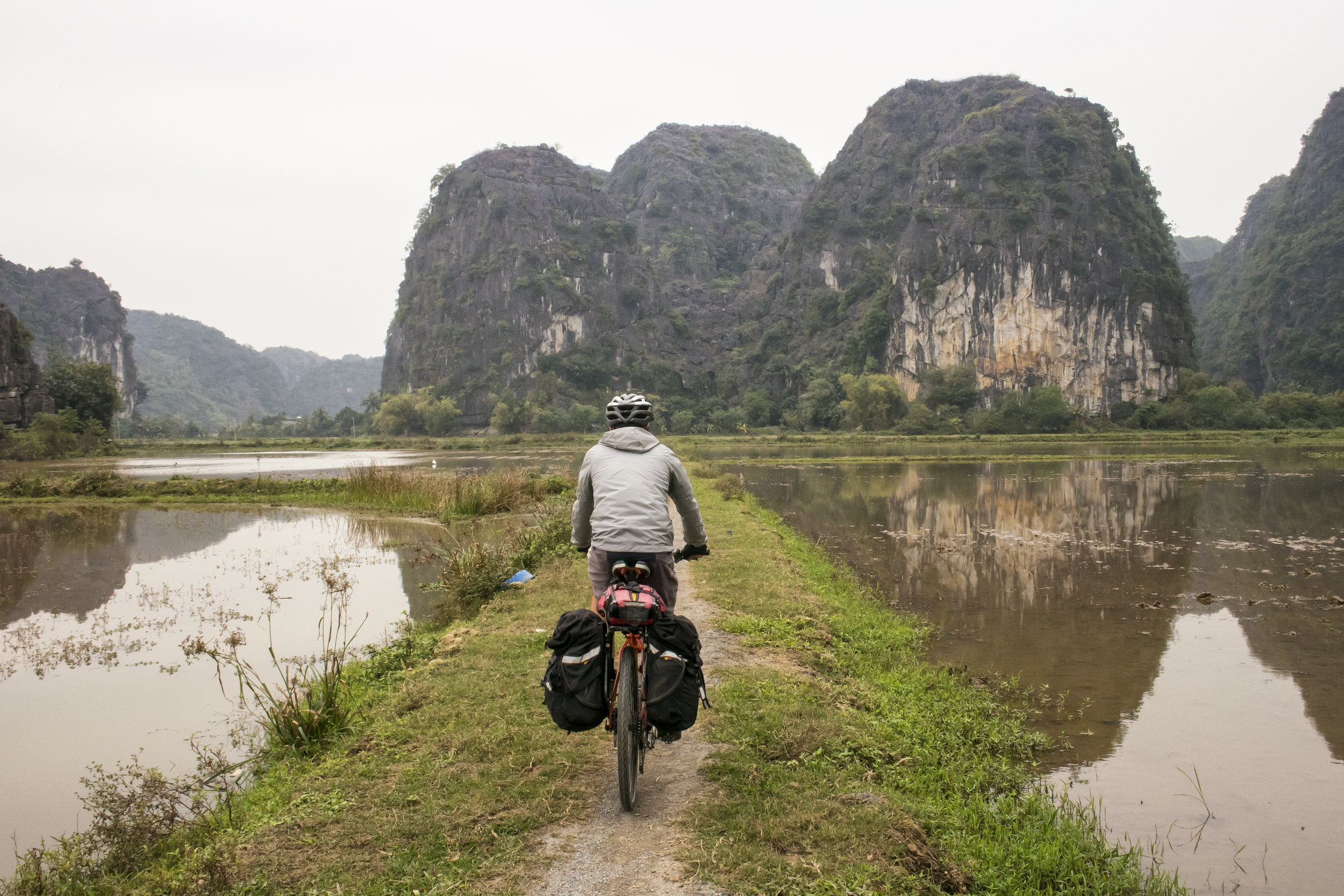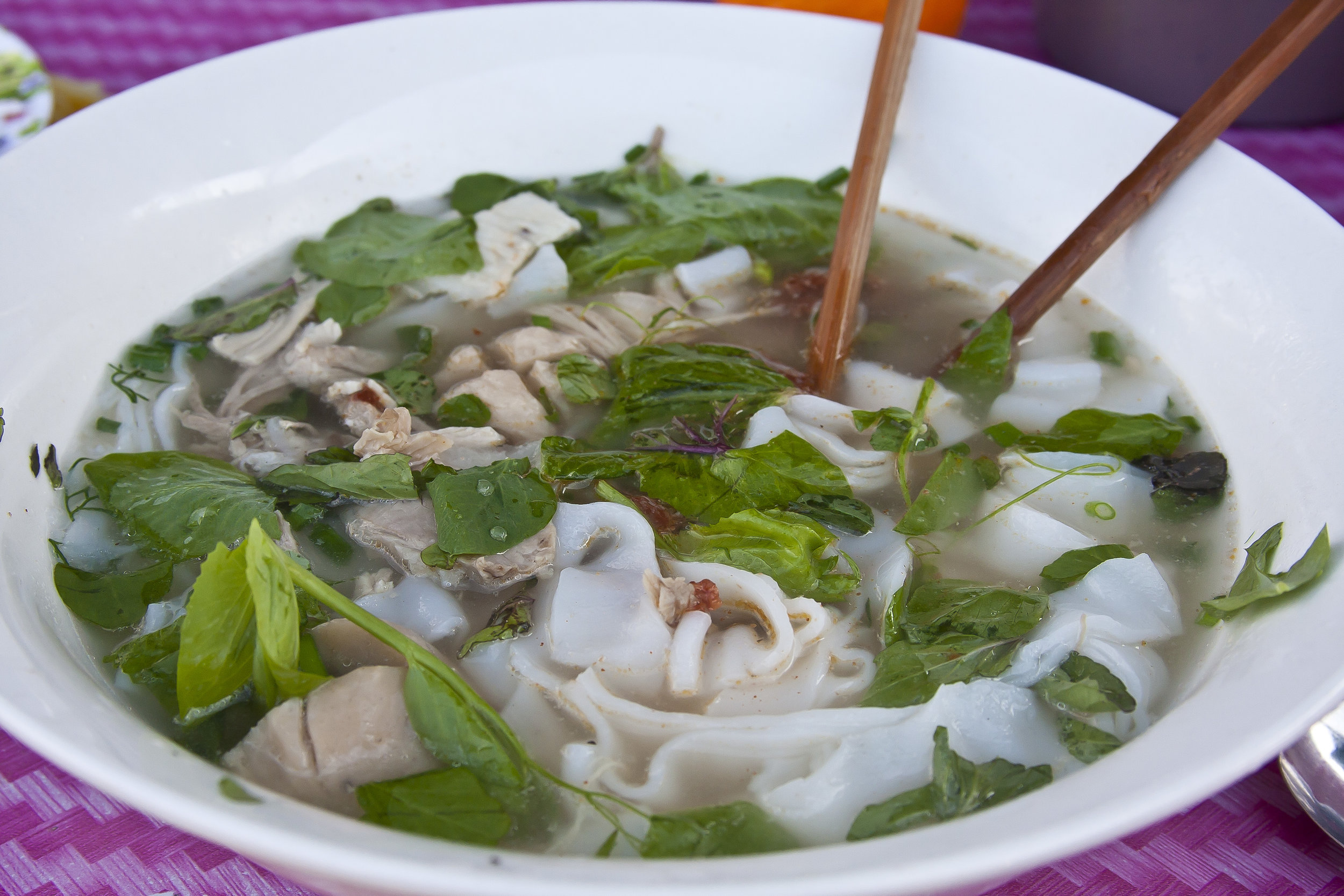Matthew Kadey
photos courtesy of Matthew Kadey
Meet MAtthew Kadey. He’s author of the book Rocket Fuel, a dietitian, a cyclist and creator OF THE BT700. FOLLOW ALONG AS WE LEARN ABOUT HIS MOTIVATION FOR STARTING THE bikepacking EVENT, why the butter tart is so great, nutritional TIPS for the road, and how to cook real food on the trail.
MK: What was your first multi-day cycling trip like and what role did food play in it?
Matthew: My very first cycling trip was in New Zealand in January, 2000. I remember my first day very well (laughs). I was clearly unprepared for the hilly terrain, and when I finished my day at a campground, I immediately fell asleep on a picnic table. I was too tired to even put up a tent. I would say the food I had packed played a far-too minor role, because I didn’t properly fuel my body for the effort. It was after that when I realized that for these kinds of efforts you need to put in the proper food to create the energy to efficiently get the job done. I had a good background in nutrition, but I guess I still needed to drive home the point and apply my knowledge to my own experience. Over the years, with all the bike trips I’ve been on, food has become more and more of a focus, and I always try and take in the local food scene wherever it may be.
“Over the years, with all the bike trips I’ve been on, food has become more and more of a focus, and I always try and take in the local food scene wherever it may be.”
MK: What is it about bikepacking that draws you in?
Matthew: I think the number one reason is that it breaks down life into its simplest parts. It's basically just being able to be in the moment that really kind of drives me to keep on doing these trips, which most of us don't do in our 9 to 5 lives. It really just comes down to the basics of finding shelter, being out in the elements all day, and feeding yourself often. All the little things in life that bug me in the regular day to day just melt away while I’m on my bike.
MK: Using the experience that you've had over the years, what led you to create the BT700 bikepacking event?
Matthew: In the last two summers I've been exploring my local Ontario environment more and more on the gravel roads and trails. It was during a couple of rides last summer that I really got to thinking that I probably could take the time and try to put together some sort of multi-day loop for the cycling community in eastern Canada, as we don't really have one at the moment. So I started to piece together all the rides I had done, and I even started scouting out some new routes. One thing led to another, and here we are with what I think is the first semi-official bikepacking route. It’s pretty exciting!
MK: The BT stands for Butter Tart. Why the Butter Tart?
Matthew: It’s funny, because last summer, as my partner and I were riding around, we visited so many great little general stores in southwestern Ontario and they all had butter tarts. It's almost a ubiquitous sweet treat there. I still I hadn’t thought about the name for the route yet when someone joked that I should name it after the butter tart. The next thing you know, it came out to be around 700kms, and so it just came to be the BT700. I think about 90 percent of the riders will probably come across a few butter tarts on this route, so I thought it was kind of a tribute to something that is such a big part of the small communities in Ontario.
MK: Could you briefly describe the route?
Matthew: I’m super excited about the route as it uses a lot of different terrain. We don't have huge mountains, but there's definitely some elevation gain and short, punchy climbs. There's some rail trail and some really beautiful gravel roads with hardly any cars. There’s also some rugged double track and some backwoods service roads. Then there’s a little bit of single track, just to add a bit of interest – especially for those who are more capable on mountain bikes. You might see some A.T.V. traffic, but there are not that many other people out there. You're just out in the countryside with your bike and your thoughts. I wanted to make the route accessible to all different types of bikes, and it really combines all sorts of different riding styles. Anything around a minimum 40mm tires would do.
With the BT700, the goal was to bring together the bikepacking community in the east. I'm really also hoping that people see this route as something that they could ride at any time. My goal is to have more people thinking about having a great adventure close to home, starting from their front door. Also, I think it’s really exciting to see how cycling can be such a low carbon impact activity and really be a viable tourist attraction for these small Ontario communities.
“I think about 90 percent of the riders will probably come across a few butter tarts on this route, so I thought it was kind of a tribute to something that is such a big part of the small communities in Ontario.”
MK: What's the food situation like on the trail in terms of restock points and roadside eating?
Matthew: I think what's also intriguing about this route is that it’s not very remote. You won’t have to go 200km for resupply options. There are plenty grocery stores and plenty of really nice smaller community country stores where you can get a lot of homemade baked goods, soups, or even a prepared meal. There are plenty of campgrounds too, so if people are going to want to cook up their own camp food, there are lots of opportunities. One big bonus, though, is that there are a lot of cideries and microbreweries along the way, but there are definitely no Starbucks on the route at all!
MK: What kind of calories are people bound to burn during an event like this?
Matthew: The problem with these events is some people do shorter days and some people do 200 kilometers or more. On average people can burn anywhere from 2000 calories a day to probably 4000 to 6000 calories a day depending on fast you go or how far you go. I encourage people to eat as much as they can to keep their energy levels up.
MK: What does your messkit and pantry look like for something like the BT700?
Matthew: I always bring my Jetboil and a mug. There's nothing more comforting than having a good mug of tea, especially in cooler weather, at the end of the day. I always try to balance what dinners are going to be. I always have some sort of quick-cooking grain like quinoa or bulgur. Usually, during the day, I don’t have enough protein, so I bring along something which is as easy as canned fish or some sort of cured meats which transport pretty well. I love finding little country stores, or even better, a little farm stand where I can pick up some little tomatoes and greens or whatever’s in season. That always increases the nutrition of any meal. I like to keep my meals fun and diverse. The worst thing that can happen to me is getting palate fatigue. I find that if I can keep my palate interested, I can also keep my fuel and energy levels where they need to be.
MK: What’s your food philosophy and what do you hope to impart to people about the relationship between food and outdoor activities?
Matthew: One of my philosophies is to not limit yourself. Too often, I see outdoor activities as excuses to load up on complete junk food. More and more cyclists are realizing that food is fuel, so you still want to give yourself healthy foods. I definitely want to encourage people who are doing activities like the BT700 – which could take people 5-7 days – to still seek out whole foods, like fruits and vegetables, and to cook whole grains some nights. It's really going to serve your body better than doing nothing but eating potato chips. There’s definitely room for that, but my thought is to use these types of adventures as springboards to eating better because you're going to feel better during those events. Real food and cycling go hand in hand.
MK: You have a number of cookbooks out. What was your inspiration for writing your most recent cookbook, Rocket Fuel?
Matthew: My inspiration came from watching cycling events where people couldn't take just eating gels and bars. That's a total recipe for gut rot. More and more people are making their own fuel. There's definitely an appeal for people to learn how to make their own food that you can eat before, during, and after your workout. I also thought it would make the cycling experience a lot more fun and enjoyable. I know in the summer, if I go out for 120-kilometer ride, I always pack some sort of little portable balls, bars, little pancakes, or some other homemade treat. I think it just adds to the enjoyment of the day instead of just ripping open another chocolate-flavored energy gel. It can also provide more of a variety of nutrition that the human body can definitely benefit from during harder activities. I’m also aiming to get more people who are into working out to spend more time in the kitchen preparing some of their own foods, rather than just relying on what is on the store shelf. I mean, the sport nutrition foods have improved in recent years, but there’s still room for something homemade.
“I’m aiming to get more people who are into working out to spend more time in the kitchen preparing some of their own foods, rather than just relying on what is on the store shelf.”
MK: Are there certain recipes that are your favourites from the book?
Matthew: One recipe that I totally always make for multi day trips are these really high-calorie balls that I call Enduro balls. Even if it’s a little taste of home, I'm really happy with those while I’m out riding. For riding, anything that’s a compact source of energy and nutrition is key.
There are also some mini pancakes that I make that are great little packages to eat on the trail. Basically, you take your regular pancake recipe, but only make them smaller and make little portable sandwiches with them. You can stuff them with sweet and savoury fillings inside like jam and nut butter, or I might even put a little prosciutto and apple butter or ham and cheese inside. The possibilities are really endless.
MK: What's your guilty pleasure if you're at a gas station?
Matthew: If there is one thing I splurge on it would be ice cream. It’s impossible to be in a bad mood when you're eating ice cream on a sunny day when you're outside riding your bike.
MK: On all the trips you’ve been on, are there certain places where the local food really sticks out in your mind?
Matthew: Definitely Southeast Asia. I’ve spent quite a bit of time in Thailand, Laos, Cambodia, Myanmar, and Vietnam. Southeast Asian cuisine is so readily available, cheap, and has really amazing flavours. I always try to find a really good little noodle stand, or be around a market for lunch and dinner, because it's the perfect combinations of flavours. It’s food like that which inspires me to cook quite frequently at home as well.
MK: Is there something that you learn about yourself from all the adventures you go on?
Matthew: I think the number one thing is to just enjoy where you are and enjoy the moment. I can be guilty of always trying to find the best viewpoints or the best route, but sometimes things don't work out as well as they should. My girlfriend, who I travel with, is much better at this than I am. She doesn't really worry too much about that because it's really just about enjoying the moment of riding your bike and being where you are. I try to instill that philosophy at home as well.
MK: Where’s your next adventure taking you?
Matthew: We're actually headed to Costa Rica again for a mountain bike trip! There are incredibly rugged roads and trails there. My goal is to actually piece together what we learned last year from biking there and to actually create a bikepacking route in Costa Rica that people can use. It’s safe and there are many beautiful beaches and the bird life there is great. It’s just mind blowing. Plus, on top of the great food, there’s a really good sense of adventure to be had in Costa Rica.
Check out his recipes for Granola Bites and Sweet Potato Tots that are perfect for those long rides.
Learn more about Matthew and the BT700 bikepacking event:
website: matthewkadey.com
cooking website: rocketfuelfoods.net
BT700: bt700.ca
instagram: @rocketfuelfood
facebook: facebook.com/RocketFuelFoods

